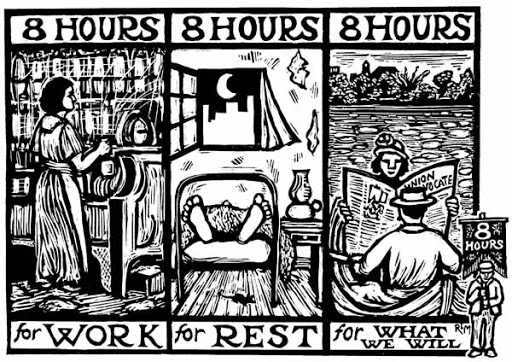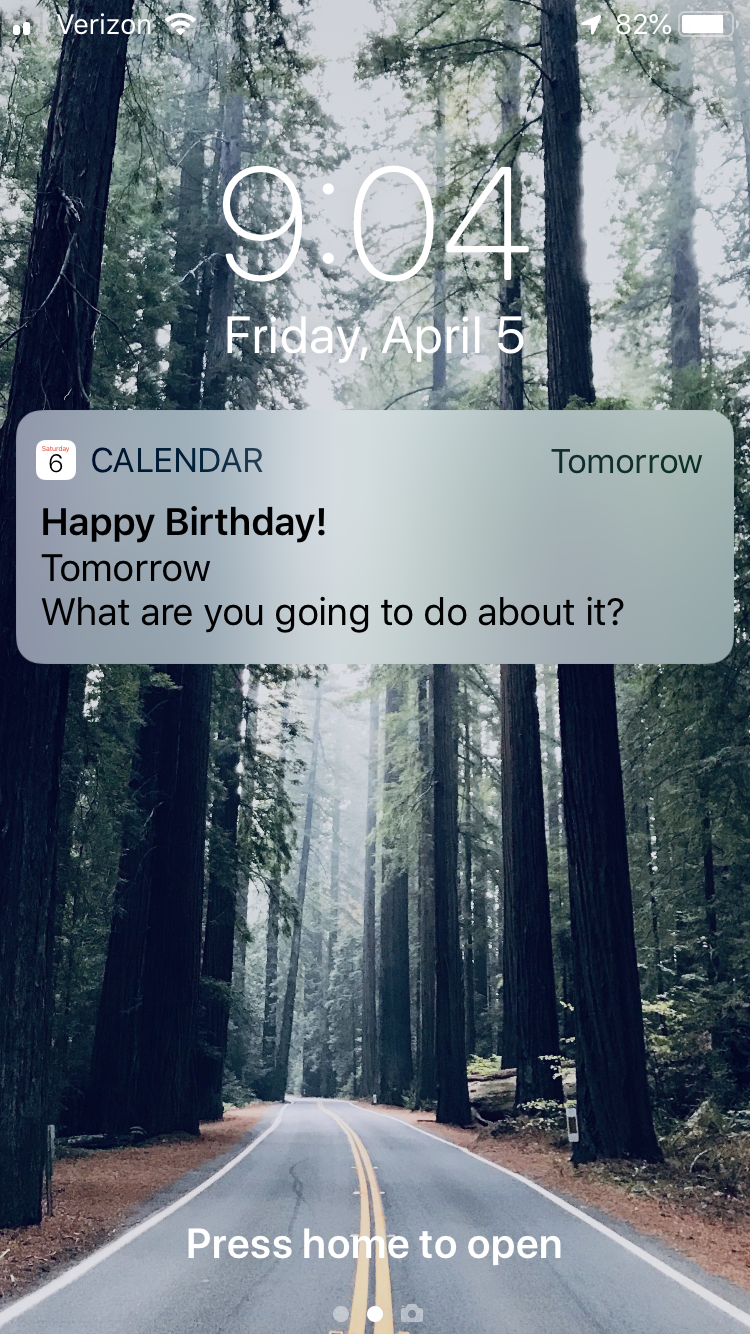In Part One, I addressed the “how” of Leadership Development. In this piece I describe what’s at stake. Why does it matter if leaders develop or not? What’s in it for them, their followers and the organization itself?
Leadership
A developing leader has self-knowledge which allows them to lead with “compassionate realism” (R. McKee, HBR 2003). They are willing to divulge the vulnerability of the growth process (I am unfinished, I am not yet fully formed, I will never get there but I will maintain an authentic willingness to try); people are more attracted to – willing to follow – leaders who are BOTH functionally competent and fully human. It’s the unfinished part they reveal that reminds each follower of the unfinished part in them. It gives permission for that unfinished part to be acknowledged and respected, not hidden or denied. A developing leader is actually practicing leadership.
Environment
A leader who shows up as more “fully human” creates an environment for more humanity to be present. If more humanity is present, more presence is possible by all who work in the environment. There is less worry about the past or the future and more energy and focus on the present moment. This is a more creative, thoughtful and innovative place to be. A developing leader is consciously creating the environment.
Engagement
As a team member in such an environment I can offer more of my best-self; I can bring more ideas and creativity to my work because I am not concerned about what I am not, I am concerned about what I am and what that can be. When my best abilities are appropriately matched to challenging work, I am most fulfilled. And, when I am called on to continuously evaluate how we can get better, I have the chance to influence how we grow and change, deepening my sense of engagement in the work. A developing leader inspires engagement in the work of her followers.
Innovation
When my creativity is unleashed through my engagement in the work in an environment that values the best I have to offer, results will follow. Innovation is the result of creative thought being guided through effective leadership so that possibilities can be made real, put into practice for the benefit of the business and all its stakeholders. A developing leader creates the conditions in which creativity becomes innovation.



